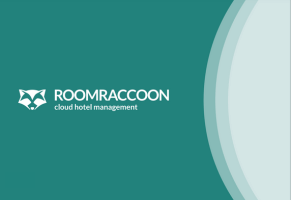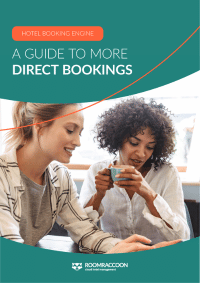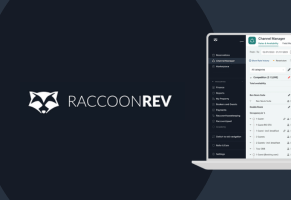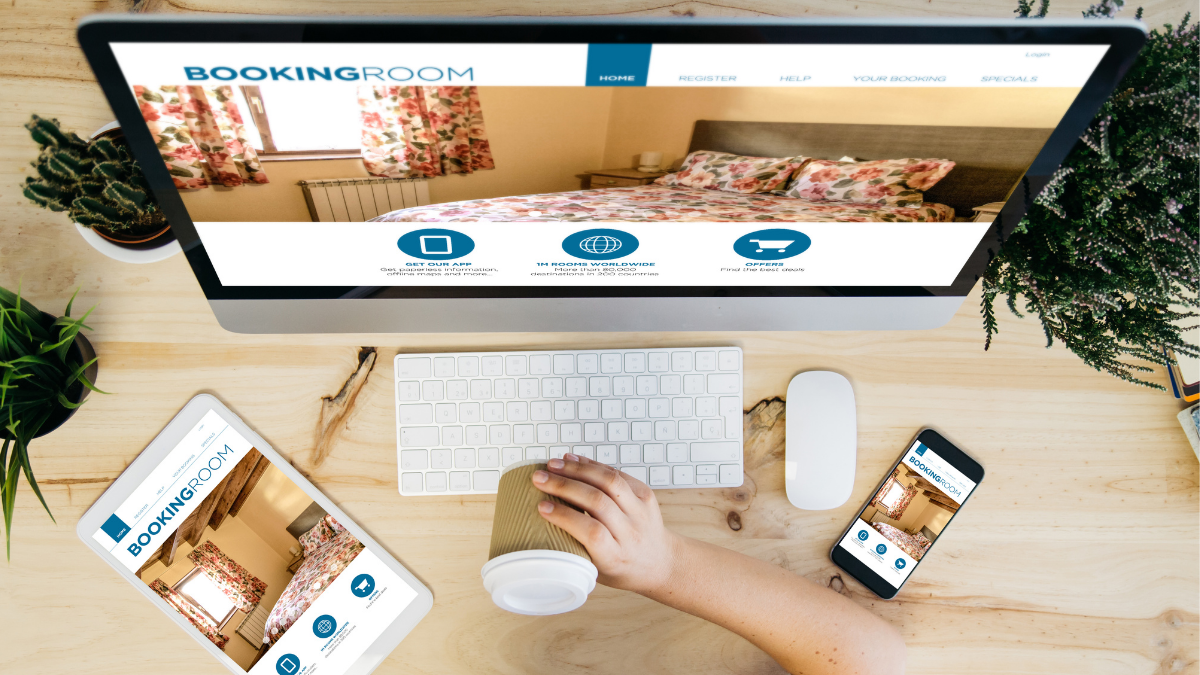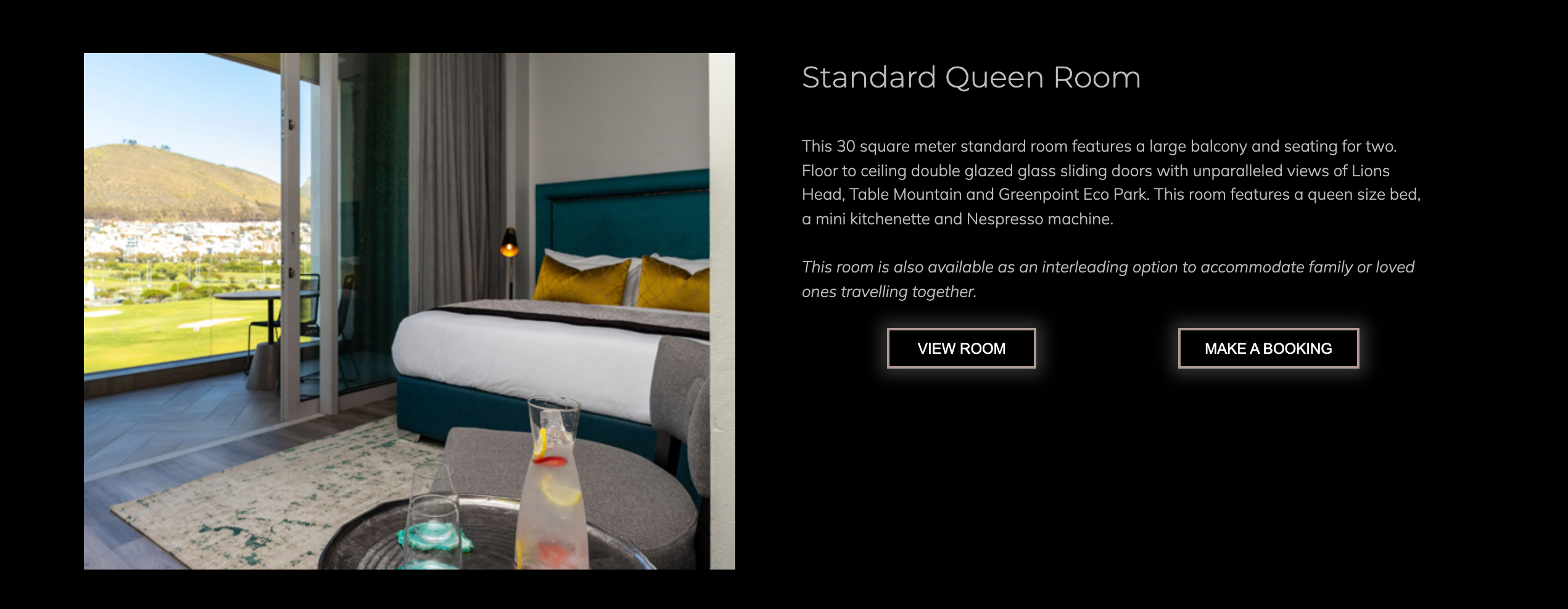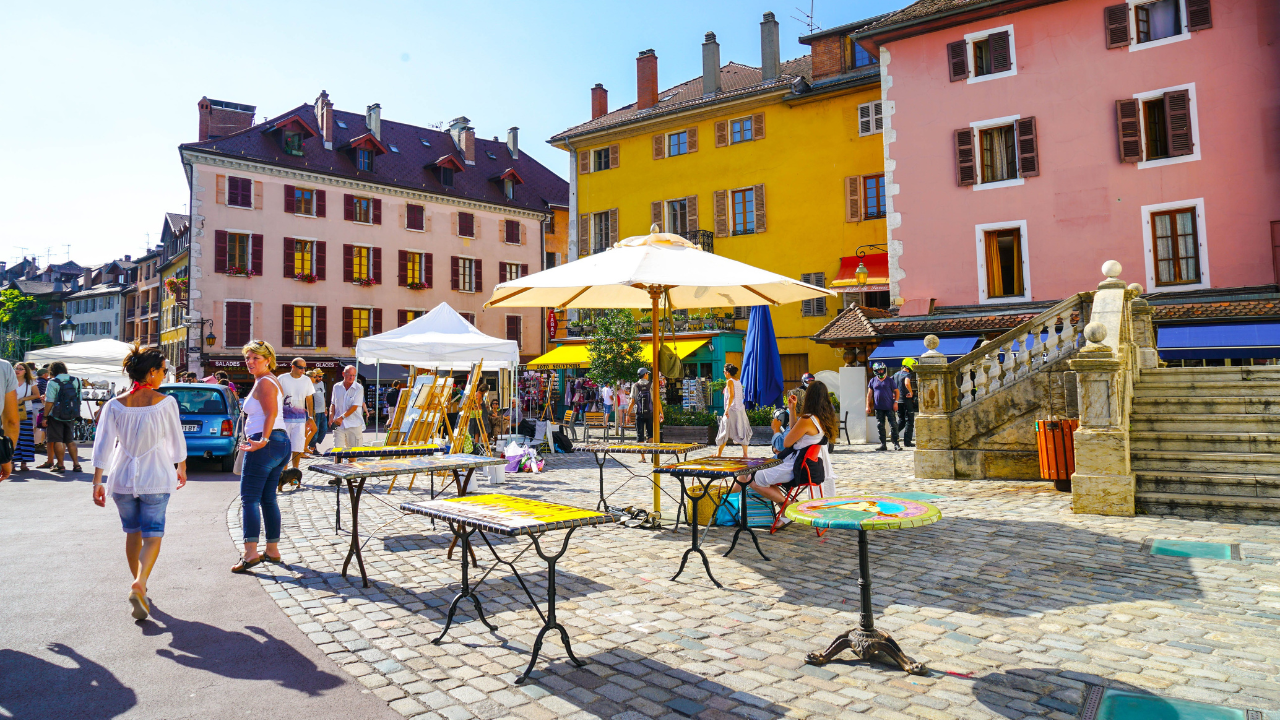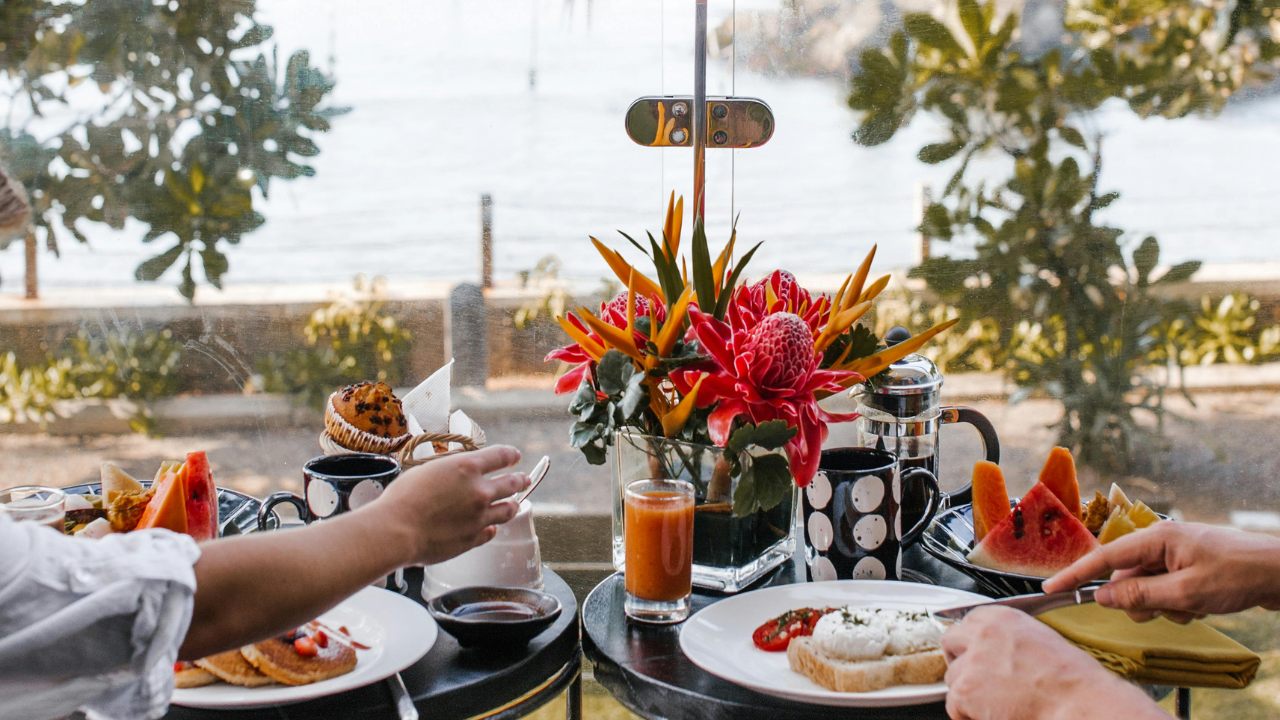5 Hotel Booking Engine Mistakes and How to Fix Them
Share this post

Are you not getting the performance you expected from your hotel booking engine?
Direct booking channels are great for hotel websites. They provide a clear path for prospective guests to reach out and book directly with your property. But online visibility and user experience are still often overlooked, resulting in the same booking coming in via an OTA minus a 15-20% commission.
Luckily, you don’t need to spend hours optimizing your hotel website’s booking engine. In this short guide, we’ll run through 5 common booking engine mistakes and how to fix them to see instant results.
What is an online booking engine?
An online booking engine is an essential tool linked to an accommodation website. It gives guests an instant insight into room availability and rates and allows them to book directly with the property.
Booking engines are typically connected to a property or reservation management system, which saves reservation details and updates rates and availability to avoid overbookings. Most booking engines, like RoomRaccoon, can also process pre-payments, minimizing the risk of no-shows.
5 Ways to Optimize Your Booking Engine Profitability
1. Vague room descriptions and poor quality pictures
“Standard room,” “Superior room,” “Deluxe room” As a hotel owner, you understand these terms but your guests? Not so much. It doesn’t attract, inspire or persuade anyone to book a room at your hotel.
For this reason, it pays to spend time writing inviting room descriptions that sell themselves. Think about what prospective guests want to know about your rooms and how you want them to feel when staying over. Great room descriptions paint a clear visual picture that evokes emotion.
Here’s a list of features and details to mention in your room descriptions, followed by a great example by O’Two Hotel:
- Room and bed size – 40㎡ superior rooms, king-size bed
- Special features – walk-in closet, marble floors, Alexa Smart Properties
- Bathroom – walk-in shower, freestanding bathtub, heated floors
- Internet – free, uncapped, 5G
- Air conditioning
- Extra room amenities – Netflix, minibar, Nespresso machine, bathrobe, slippers
- Views from the room – city, adjacent park, sea, forest, mountain
Now that the self-check-in process is popular among travelers, you’ll have more time to focus on your customers. And when your staff is no longer tied up by checking in guests during busy periods, they can focus on greeting guests, giving them tours of the property, and answering any questions they may have.
High-quality room photos are the foundation of your online marketing. These photos are what potential guests use to evaluate if your accommodation rental is the right fit for them. Without great photos, even the best online marketing copy will fall flat.
It pays to get professional photos of your rooms because the right angles and lighting can make a difference. With RoomRaccoon, you can upload up to 25 photos per room category in the hotel booking engine.
REQUEST A BOOOKING ENGINE DEMO
2. Not advertising your booking engine on Google Hotel Ads
Unless your website is SEO optimized and ranks on the first page for search results, it’s not very likely that online bookers will find your website.
Even then, they need to scroll past the recommendations by major booking channels like Booking.com and Expedia, both of which rely on enormous Google Ad spending and lucrative placement in search results.
The only way to really win direct business from these big online players is by advertising your booking engine on Google Hotel Ads that display your room availability and rates on Google Search, Maps, and the Assistant. The best part is that the commission you are required to pay is significantly lower than that of an OTA because you can set your preferred commission, ROI, or bid.
3. No discount rates, packages, or special add-ons
Another common hotel booking engine mistake is not offering your prospective guest anything more beyond a room reservation, like special packages and add-ons to enhance their stay. Keep in mind that OTAs make it a lot easier and sufficient to plan and book an entire trip from a single platform, so you need to up the ante in order to compete for direct bookings.
Here are two effective ways how O’Two Hotel in South Africa uses RoomRaccoon’s booking engine to entice guests to book directly.
Discount code:
In-room extras and package deals:
4. Too many required fields during the reservation process
When a guest finally decides to book a room at your hotel, why delay the purchase by asking too many questions? A user experience designer will tell you that a lengthy check-out process results in a high reservation abandonment rate. Think about the guest at the airport or in the back seat of a taxi. A Forbes article by Neil Patel found that the less you ask for, the more consumers are likely to buy.
Require only what you absolutely must have from your guests before sending them a reservation confirmation. Besides, you’ll have another opportunity to collect more information before the guest arrives with online check-in functionality.
5. Mismatched “look and feel”
When shopping for hotel booking engine providers, be sure to ask if it’s customizable to match your brand’s unique look and feel. You want your guests to have a seamless experience on your site, and a blatant mismatch may raise suspicion and cause your guests to lose trust in your booking engine.
Watch out: Don’t get so caught up in matching the look and feel of your website that you use a background color for your booking engine, making it really hard for everyone to use.
Final thoughts
We don’t have to tell you that the travel market is highly competitive. You must ensure that you present guests with a user-friendly and secure booking engine while offering added value.
This way, you’ll be sure to cash in on those highly coveted direct bookings and save 15-20% on commission fees.
Follow us
Justine. S
Justine is a Content Manager at RoomRaccoon, bringing her background in language and communication studies to the SaaS world. When she's not writing about the latest trends in the industry, she's probably out exploring the world or indulging her love of pink.
Related Posts
Subscribe to our newsletter for more on the latest hospitality & RoomRaccoon updates delivered straight to your inbox!
